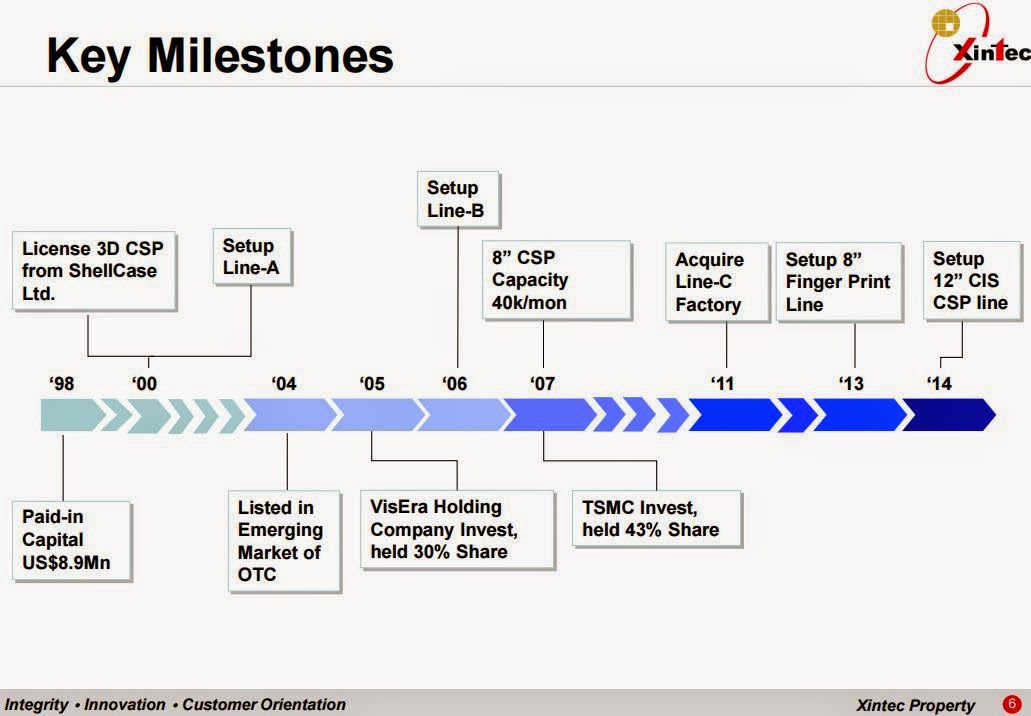PR Newswire: As has been reported earlier, a settlement between Lead Plaintiffs and OmniVision, Shaw Hong, Anson Chan, and Aurelio "Ray" Cisneros (the "Individual Defendants" and collectively, with OmniVision, the "Defendants") in the amount of $12,500,000 has been proposed by the Settling Parties. A hearing will be held before the United States District Judge on June 5, 2015.
Meanwhile, SeekingAlpha speculates about the chances that Omnivision buyout deal goes through:
"Officers and directors, as a group, own less than 5% of the company, and don't appear to be personally incentivized toward a sale. (CEO Shaw Hong, for instance, would earn profit about $2.7 million off a sale at $30, relative to current prices. His annual compensation has averaged $3.9 million over the last three years.)
In addition, it's not at all clear that such a buyout could get done. The federal government's Committee on Foreign Investment in the U.S. (CFIUS) would likely be involved, and at least one expert sees the combination of foreign ownership and the inclusion of state-owned Shanghai Pudong Science as being a potential roadblock. An agreement now or in the near future could see the approval process run into the 2016 elections, when, as Derek Scissors told Barron's, "the general economic mood is anti-foreign and certainly anti-China."
Micro Market Monitor: The South American image sensor market, mainly driven by the increasing demand for cameras in smartphones and tablets, along with the increasing application of image sensors in the South American medical diagnostic and image sensor market was estimated to be $622.3 million in 2014 and is projected to reach $1,053.6 million by 2019 at a CAGR of 11.1% from 2014 to 2019.
Meanwhile, SeekingAlpha speculates about the chances that Omnivision buyout deal goes through:
"Officers and directors, as a group, own less than 5% of the company, and don't appear to be personally incentivized toward a sale. (CEO Shaw Hong, for instance, would earn profit about $2.7 million off a sale at $30, relative to current prices. His annual compensation has averaged $3.9 million over the last three years.)
In addition, it's not at all clear that such a buyout could get done. The federal government's Committee on Foreign Investment in the U.S. (CFIUS) would likely be involved, and at least one expert sees the combination of foreign ownership and the inclusion of state-owned Shanghai Pudong Science as being a potential roadblock. An agreement now or in the near future could see the approval process run into the 2016 elections, when, as Derek Scissors told Barron's, "the general economic mood is anti-foreign and certainly anti-China."
Micro Market Monitor: The South American image sensor market, mainly driven by the increasing demand for cameras in smartphones and tablets, along with the increasing application of image sensors in the South American medical diagnostic and image sensor market was estimated to be $622.3 million in 2014 and is projected to reach $1,053.6 million by 2019 at a CAGR of 11.1% from 2014 to 2019.
















































